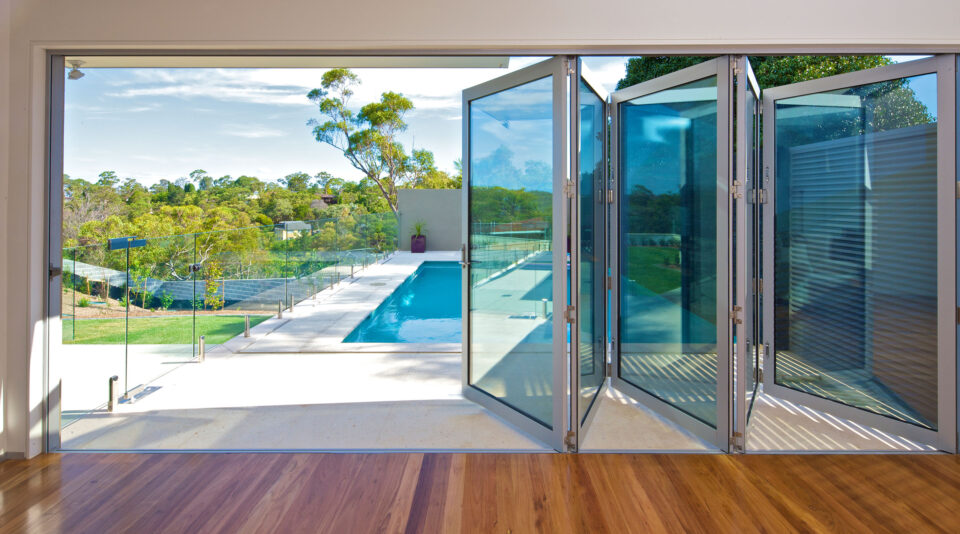Aluminium has a unique combination of properties that can be amplified and utilised through alloying. Some of the characteristics of aluminium include:
Strong
When mixed with small amount of other metals (particularly magnesium) to create alloys, aluminium is as strong as steel.
Flexible
Its combination of properties ensures aluminium and its alloys can be easily shaped by any of the main industrial metalworking processes – rolling, extrusion, forging and casting.
Impermeable
Aluminium has excellent barrier function which keeps out air, light and microorganisms.
Lightweight
Aluminium can weigh only one third of a piece of steel that is the same size and shape.
Corrosion Resistant
Aluminium forms a natural film on its surface upon exposure to oxygen. This film is called aluminium oxide, and it protects the surface of the aluminium. If this film is scratched or damaged, it will instantly reform. It is only under certain conditions and exposure to certain elements that aluminium will corrode.
Durable
Aluminium’s unique combination of strength and corrosion resistance makes it a particularly durable material.
Infinitely Recyclable
Recycling aluminium does not compromise any of its unique properties and uses only 5% of the energy used to create the original product. Aluminium can be reused endlessly – approximately 75% of all aluminium ever produced is still in use.
Non-Toxic
Aluminium is not adversely affected by steam sterilising and cleaning and will not harbour bacteria or insects.
Non-Magnetic and Non-Sparking
Aluminium is non-magnetic and non-sparking. These properties make it a suitable material for applications where explosive vapour mixtures are present.
Electrical Conductivity
Aluminium is one of two common metals with electrical conductivity high enough to permit its use as an electrical conductor – copper being the other. While aluminium’s conductivity is 62% of that of copper, its lightweight is aluminium’s main benefit – an aluminium conductor of equal current-carrying capacity is half the weight of a copper conductor.
Thermal Barrier and Conductor
Aluminium in its different applications can act as both a good barrier against and conductor of heat.
Sustainability
The Australian aluminium industry employs a lifecycle approach to address the challenges of climate change, focusing not only on the energy required to produce aluminium products but also on the energy savings to be made through their use and reuse. It is in the use phase that most energy is used and/or saved (e.g., during the useful life of cars, buildings, aircraft).
